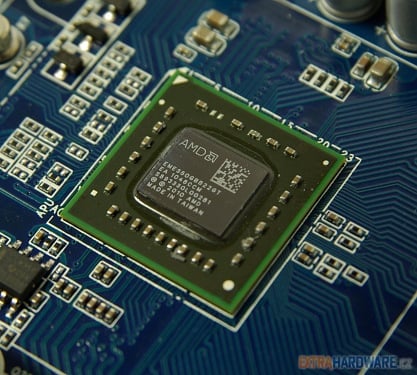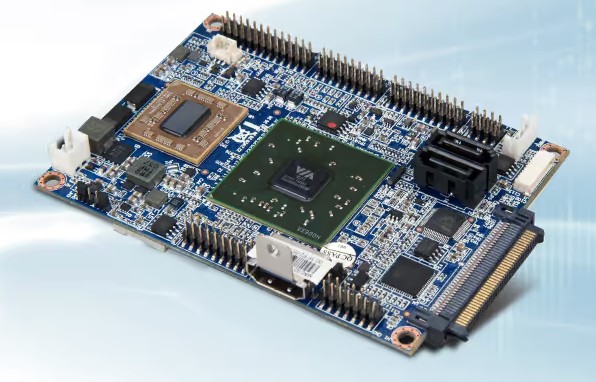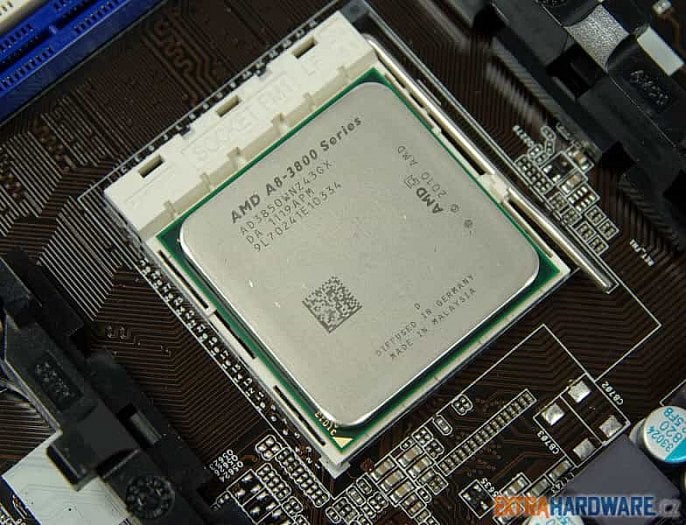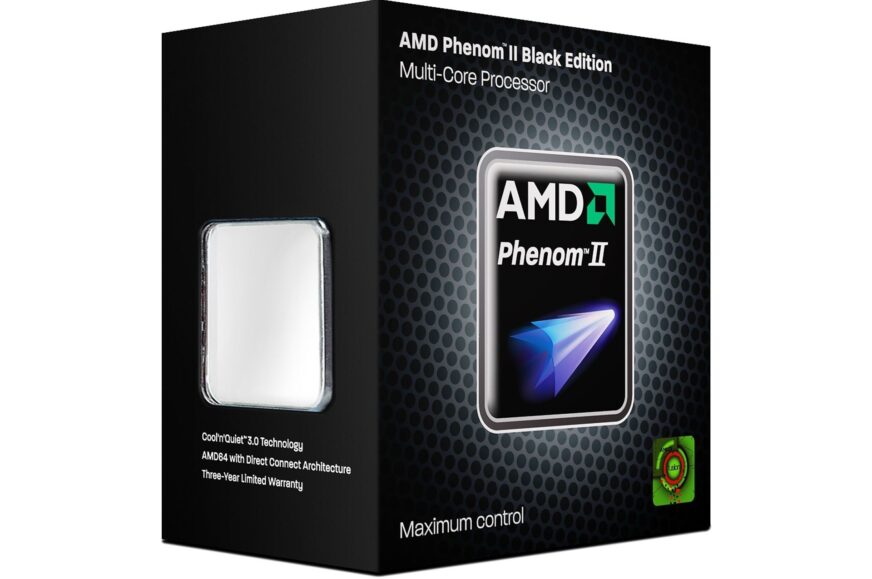Windows 11 ceasing to work on AMD K10 and processors in many netbooks
This year, the vague uncertainty about Windows 11 not supporting older computers turned into reality, as the OS began using the POPCNT instruction, causing it to stop working on many processors. However, this was not all and the requirements may increase further. In fact, now Windows 11 is starting to require additional instruction set extensions that will shut down more processor families, including Phenoms and the first APUs.
The same Bob Pony who noticed the bump in CPU requirements with the usage of POPCNT instructions is now reporting that newer builds of Windows 11 24H2 (version number 26080 and above) have even higher requirements and require SSE4.2 instructions.
Read more: Microsoft tightens Windows 11 requirements, breaks all Core 2 PCs
Requiring the SSE4.2 SIMD extension is a much more significant shift than the POPCNT instruction requirement, because until now Windows has only required SSE2 when it came to SIMD instructions (and even those became mandatory quite late), which are instructions available in all 64-bit processors (Pentium 4, Pentium M and AMD Athlon 64 / Opteron from 2000–2003 had them for the first time).
Requiring SSE4.2 besides POPCNT cuts out even more processors, but in practice it won’t look that way because most of them don’t even have POPCNT in the first place. SSE4.2 instructions first appeared in Intel’s Nehalem architecture (2008) and for Atom-based processors, the first core to support is the first out-of-order Silvermont architecture in the 22nm Bay Trail SoC. For AMD, these instructions are not available before processors based on the Bulldozer (2011) and Jaguar (2013) family of cores. These are the same AMD architectures that already support AVX.
The end of K10, Bobcat and also VIA Nano?
This means that only processors with AMD K10 architecture – Phenoms, Phenoms II, Athlons II and Llano APUs (3000 series, e.g. A8-3870K) – and Brazos/Zacate/Ontario APUs with Bobcat cores, e.g. AMD E-350 or C-50, have been cut off from the ability to run Windows 11.

Which means that with this change, only AMD should be affected, not Intel – or almost. If we are not mistaken, VIA Nano and derivative processors (e.g. Eden, Eden X2), while providing POPCNT support, only support SSE4.1 (this is an older instruction extension introduced in the 45nm Core 2 “Penryn” in 2007, while SSE4.2 has extra instructions). So Windows 11 will stop working on them too. The first VIA processors that might continue to work with Windows 11 after this are quad-core models built on the 28nm process, referred to in their day as VIA Quadcore (C4000 series). All of the chinese Zhaoxin processors are derived from them and should meet the requirements of the new Windows 11 versions.

Bobcats and also VIA Nano were used in low-end laptops and netbooks and it is dubious whether anyone even tries to run Windows 11 on them. Phenoms have more performance though and have been selling for a long time, they were probably relatively usable CPUs for light usage until recently. Their architecture supports POPCNT, so at one point you could sneer that they ironically “aged better” than the Core 2, which were the more popular CPUs in their time and offered better instruction set support back then (they were cut off by the POPCNT requirement, but SSE4.2 would have killed them anyway). This glee didn’t last long, though.
Better Windows performance?
However, since the number of CPUs that can provide POPCNT but not SSE4.2 is relatively limited, it makes a lot of sense to bump up the requirements to SSE4.2 and it’s quite understandable thing to do (we don’t think Microsoft can be criticised much on the basis of this support cut-off). Using these SIMD instructions greatly expands the arsenal of vector operations that Windows code for the x86/x86-64 platform can assume to always be present and rely on. There’s a big difference especially in useful and powerful permutation (shuffle) instructions, for example, when you don’t have to limit yourself to just SSE2 (SSSE3 is quite important there).

Developers probably won’t optimize too many parts of the code with SSE4.2 assembly by hand due to ease of maintenance and the need for ARM portability, but the compiler will finally be able to use all 128-bit SIMD operations everywhere before AVX without having to have a fallback codepath for older CPUs. This could reduce the memory and disk footprint of Windows binaries (whether this will have a measurable effect in the big picture, we don’t know). In general, compiling with a larger arsenal of instruction set extensions can improve OS and program performance if it allows the compiler to use some extra tricks and automatic optimizations.
These new requirements are not yet present in the stable build of Windows 11, so the current version still runs on the affected processors. But when Microsoft releases the next big 24H2 update that this affects (which is supposed to bring various AI features, among other things), it won’t be able to be installed on the processors mentioned here that lack SSE4.2. Unfortunately, this means that you’ll stop getting security updates in some time when Microsoft stops supporting the current version of Windows 11 (and also Windows 10), if you use a PC with such a CPU.
Sources: Bob Pony, Tom’s Hardware
English translation and edit by Jozef Dudáš
⠀
⠀












ι Downloaded windows 11 and Rufus since April but have not installed 11 yet. Should i install it now with Rufus? Or wait until the support of 10 ends and then change cpu ram and motherboard?
MINE PC IS
CPU: RYZEN 7 1700
RAM: 16 GB DDR4 3200MHZCL15
GPU: RX 6700XT 12 GB RED DEVIL
SSD:MP 600 2TB WRITE:4950MB/S READ:4250MB/S
PSU; CORSAIR CX 750M 750 WATT
MOTHERBOARD: PRIME X370 PRO
MONITOR: DELLP2416D 24” 2560X1440 60 HZ IPS
If you make the install media with Rufus and disable the compatibility check, this setup is definitely fine, hardware wise, it’s just the CPU that is not on the whitelist.
I run Windows 11 on Ryzen 3 2200G which is similarly not included on the CPU whitelist with no problem so far. As long as you enable the fTMP in BIOS, this setup might even not need the Rufus modification of the install media (I think Ryzen 2200G worked without it although I’m not fully sure now). If you upgraded the CPU the setup would be 100% supported I think but it should work fine in Windows 11 even with Ryzen 7 1700.